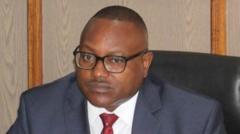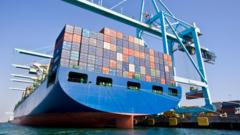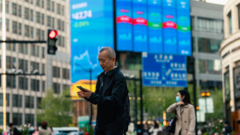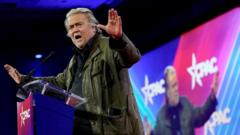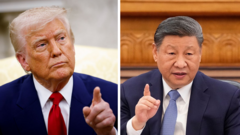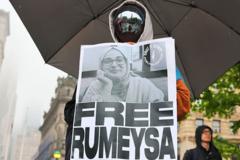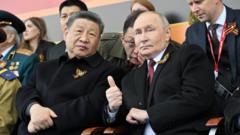Prime Minister Mark Carney has introduced a cabinet blend of veteran politicians and new faces, aimed at addressing critical economic challenges during ongoing trade conflicts with the US.
Canada's Carney Assembles New Cabinet Amid Trade Tensions
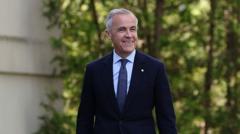
Canada's Carney Assembles New Cabinet Amid Trade Tensions
Newly appointed Prime Minister Carney forms a dynamic cabinet as Canada navigates complex US trade relations.
Canadian Prime Minister Mark Carney has officially introduced his newly formed cabinet, which signals a mix of continuity and change as the nation faces escalating trade tensions with the United States. In this cabinet reshuffle, Carney emphasizes the need for "decisive action" to fulfill his ambitious economic agenda, particularly concerning international relations and domestic policies tied to housing, immigration, and energy.
The cabinet comprises 28 ministers and 10 secretaries of state, marking a significant overhaul two weeks following Carney's election. It features 24 newcomers, including 13 first-time Members of Parliament (MPs). Notable figures from the previous Trudeau government, like Melanie Joly and Chrystia Freeland, return, bringing experience to the new government's agenda. Key departments often criticized during Trudeau's tenure will now be helmed by first-time ministers, an intentional move by Carney to inject fresh perspectives.
A focal point of the cabinet is the newly appointed foreign minister, Anita Anand, tasked with managing the intricate relationship with the US. Carney's government aims to approach trade negotiations more aggressively following a recent meeting with President Trump, where Carney underscored a willingness to negotiate new trade deals. Veteran politician Dominic LeBlanc, previously in charge of international trade, shifts focus to strengthening Canada-US trade and reducing internal trade barriers, while Maninder Sidhu steps into the role of international trade minister.
The reshuffle sees some prominent figures exiting cabinet, including Bill Blair and Jonathan Wilkinson, while newly elected rookie MP Tim Hodgson steps in as natural resources minister, a position he is expected to navigate closely with Carney's economic objectives. The cabinet reflects a commitment to gender parity and regional diversity, featuring representation from Canada's prairie provinces, which have expressed discontent toward central authorities in Ottawa.
With the inclusion of former broadcaster Evan Solomon as minister of artificial intelligence and digital innovation, alongside other new entries like Julie Dabrusin handling the environment portfolio, the cabinet seeks to address pressing issues while also harnessing innovative solutions. Critics, including Conservative leader Pierre Poilievre, have voiced concerns over the retention of many ministers from Trudeau's administration, arguing it deviates from Carney's promise of change.
As Canada embarks on a critical phase of political and economic strategy, the effectiveness of this newly formed cabinet in managing the trade war and domestic challenges will be closely scrutinized.



